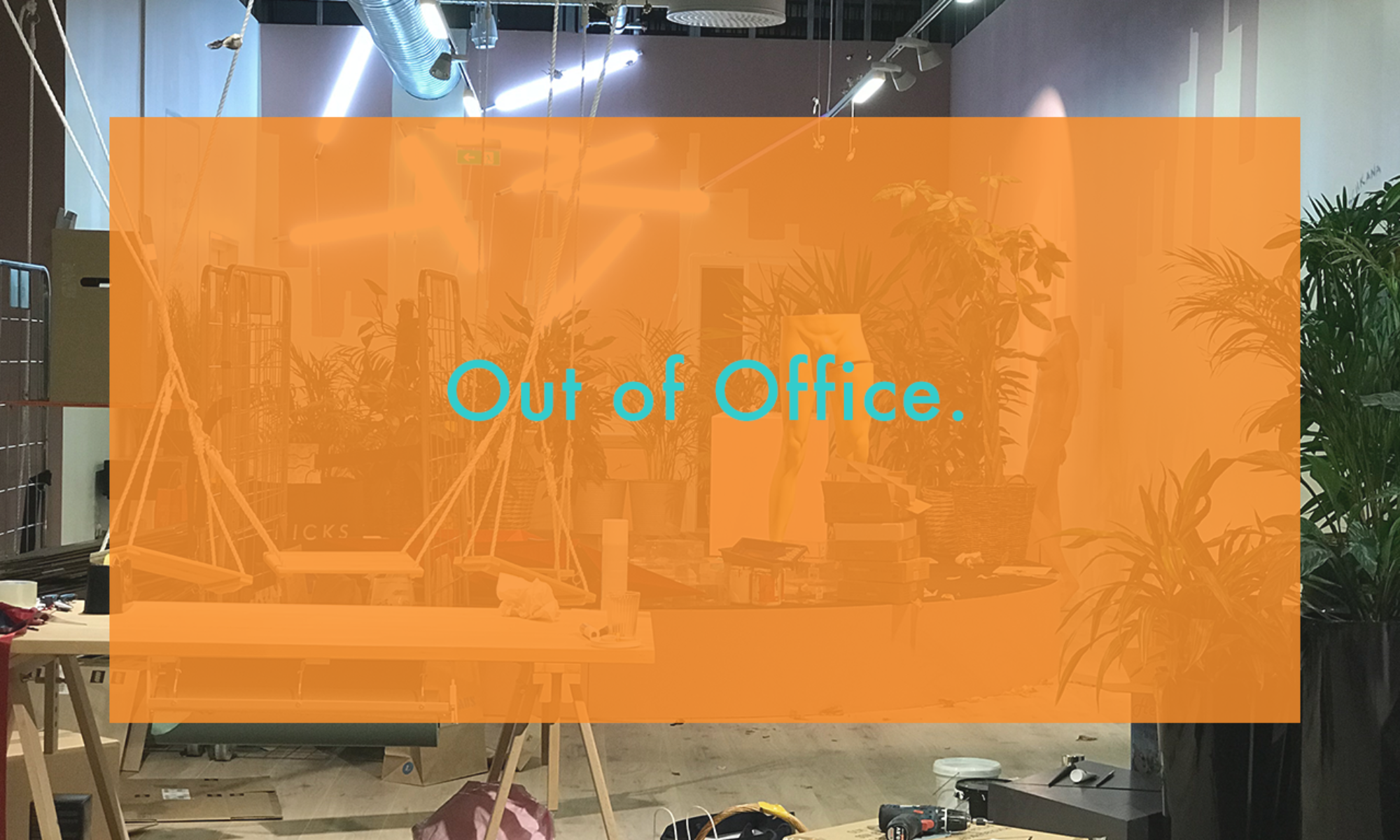What is Superkilen?
A.
First of all you’ll notice that it’s red, very red, even the trees have red leaves. Crossing The Red Square, yes – literately red, underneath the small cluster of neon signs with Chinese characters and Cyrillic lettering, you see that one side of the square is flanked by a row of swing benches from Baghdad followed by a slide in the shape of an elephant from Ukraine and a Muay Thai boxing ring. You pass the basketball courts with music blaring from a court-side Jamaican sound system and continue down to The Black Market. The Black Market is a small square with palm trees, a Moroccan mosaic fountain, a row of Bulgarian chess tables made out of concrete and a large black octopus from Japan. Overlooking the square is an almost perfectly rounded asphalt hill. But you continue, past the black hill and into the Green Park, following the winding small paths through a hilly and green landscape scattered with training equipment from USA and Armenian picnic tables. When you see the donut you have almost reached the end of Superkilen.
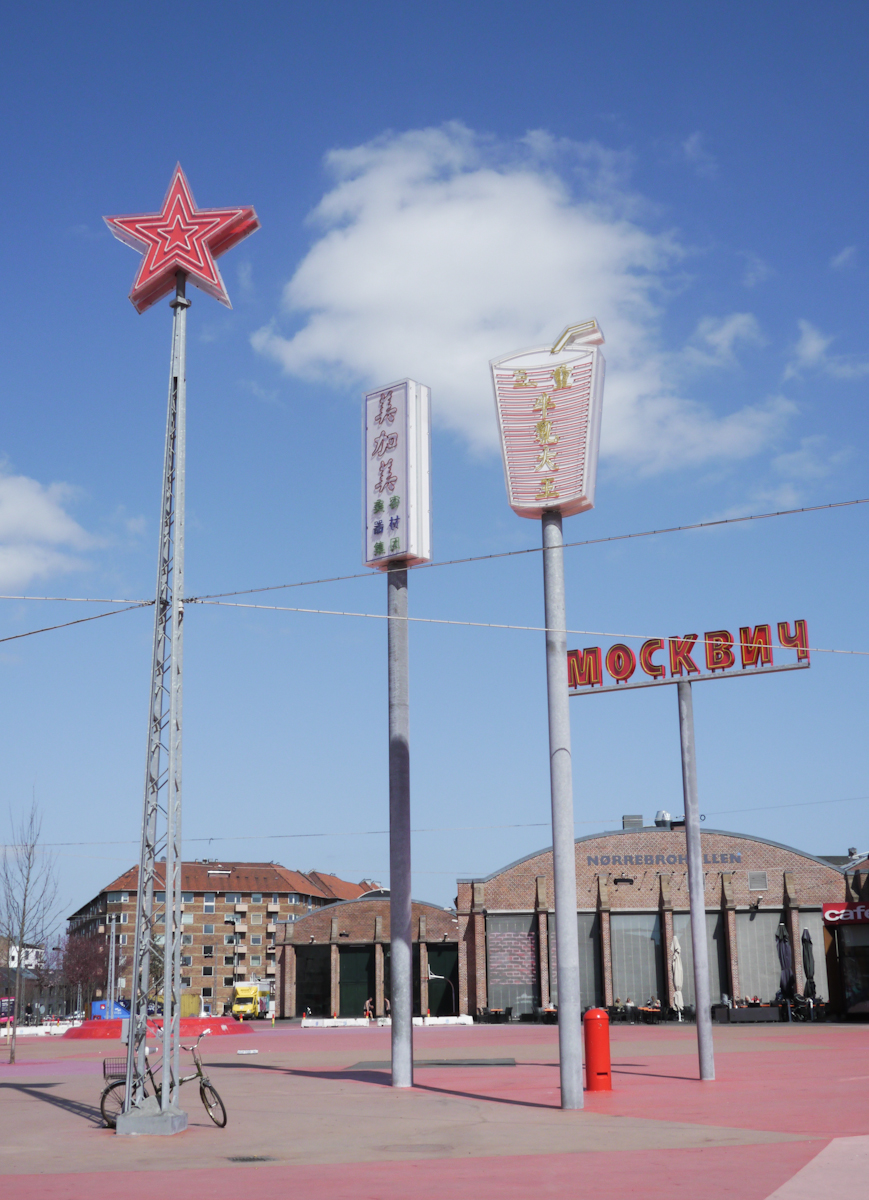
B.
Superkilen is an urban park project stretching for nearly a kilometer across the Nørrebro neighborhood in Copenhagen, developed by Superflex, BIG and Topotek1 for the City of Copenhagen and RealDania. The park is part of a larger urban renewal program for the high density, low income and culturally diverse area of Nørrebro, and the result of a transdisciplinary combination of citizen participation with art, architecture and landscape architecture. Superkilen is divided into three thematically different zones: The Red Square is a sort of collage of contemporary urban practices and recreational activities. The Black Market is a meeting place based on the traditional square with a central fountain, chess tables and a playground. The Green Park, the largest part of Superkilen is a green area for picnics and sports.
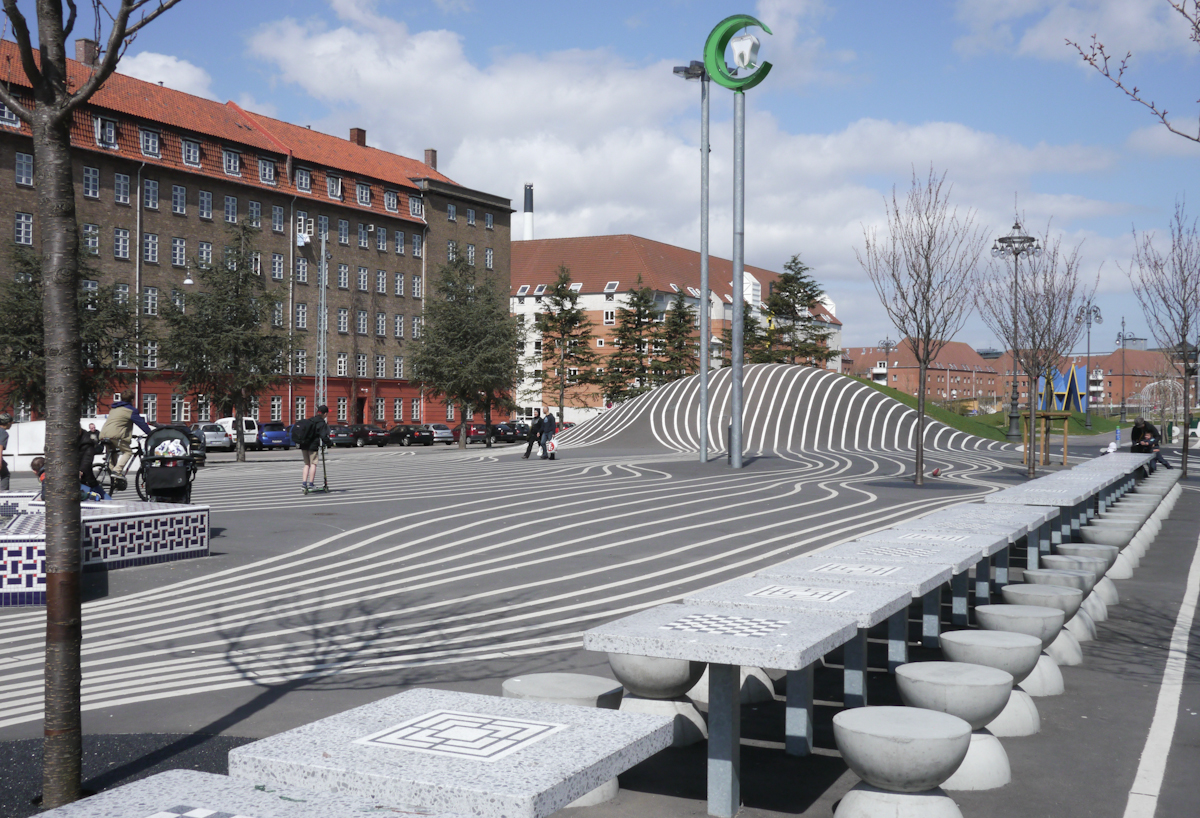
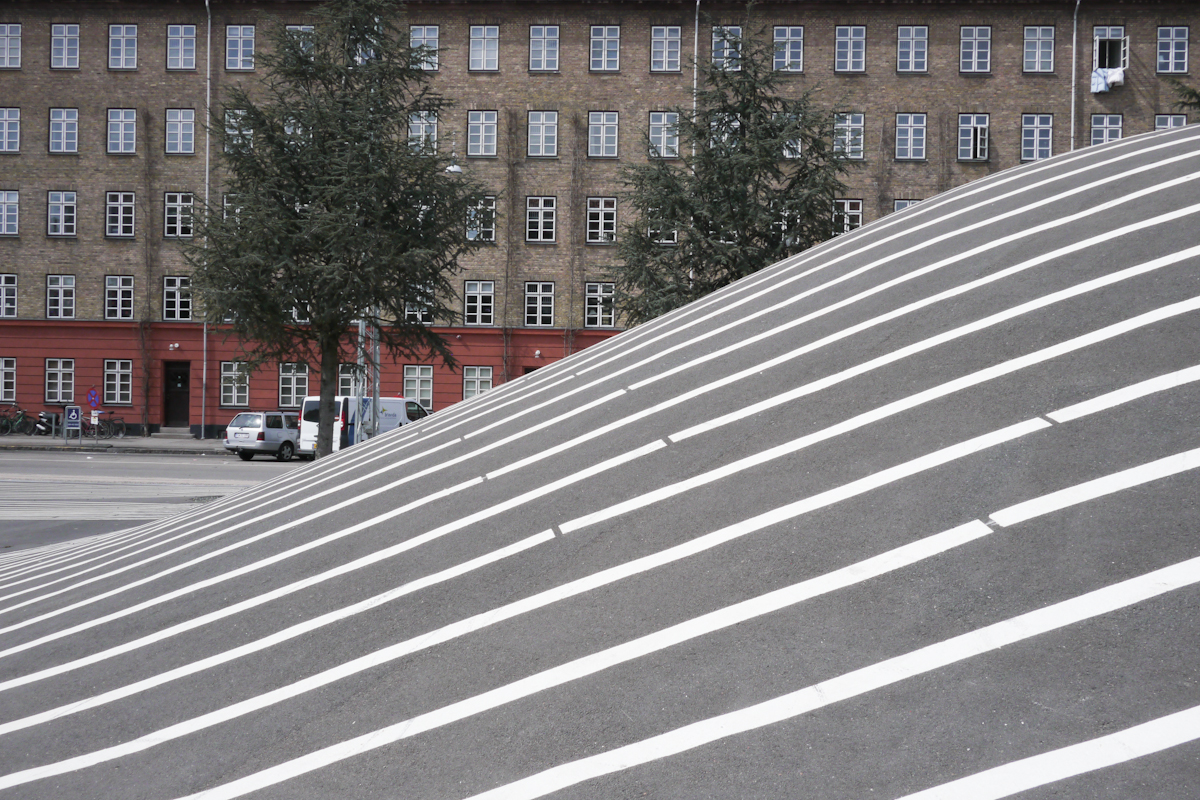
Superkilen contains over 100 objects collected from public spaces from all over the world, from pollards from Ghana, to the bus stop from Kazakstan and the Russian pavilion, but they are not arbitrary objects haphazardly scattered throughout the park. Partly intended as a reflection of the cultural diverse neighborhood these objects were primarily chosen for their unique qualities, intended to constitute an exhibition of the best urban practices from around the world.
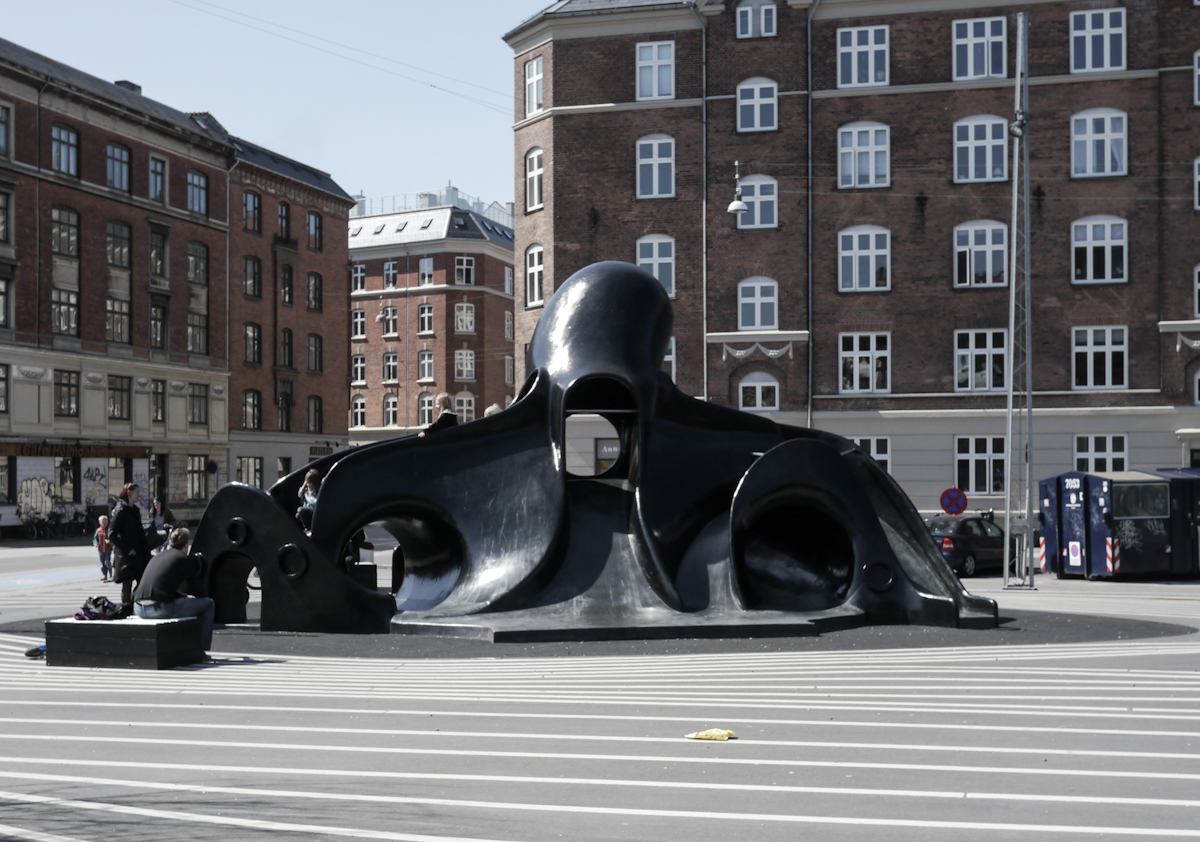
Through different initiatives and projects the public were invited to participate and contribute suggestions to the park, Superflex event went as far as inviting five informal groups from the area to travel with them to search for items to bring back. The final selection was made in collaboration with city representatives and in the end not all objects could be directly installed because of local safety codes and other formal issues. Some objects had to be built on site or simply copied.
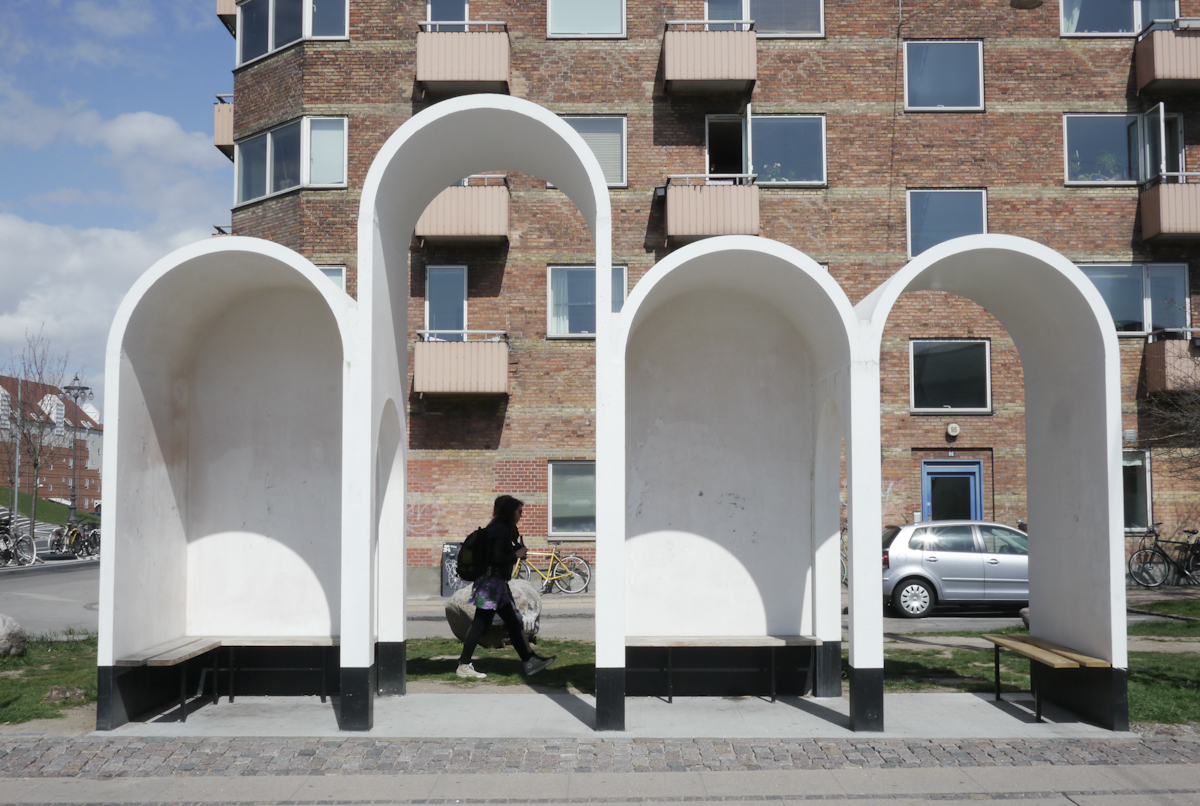
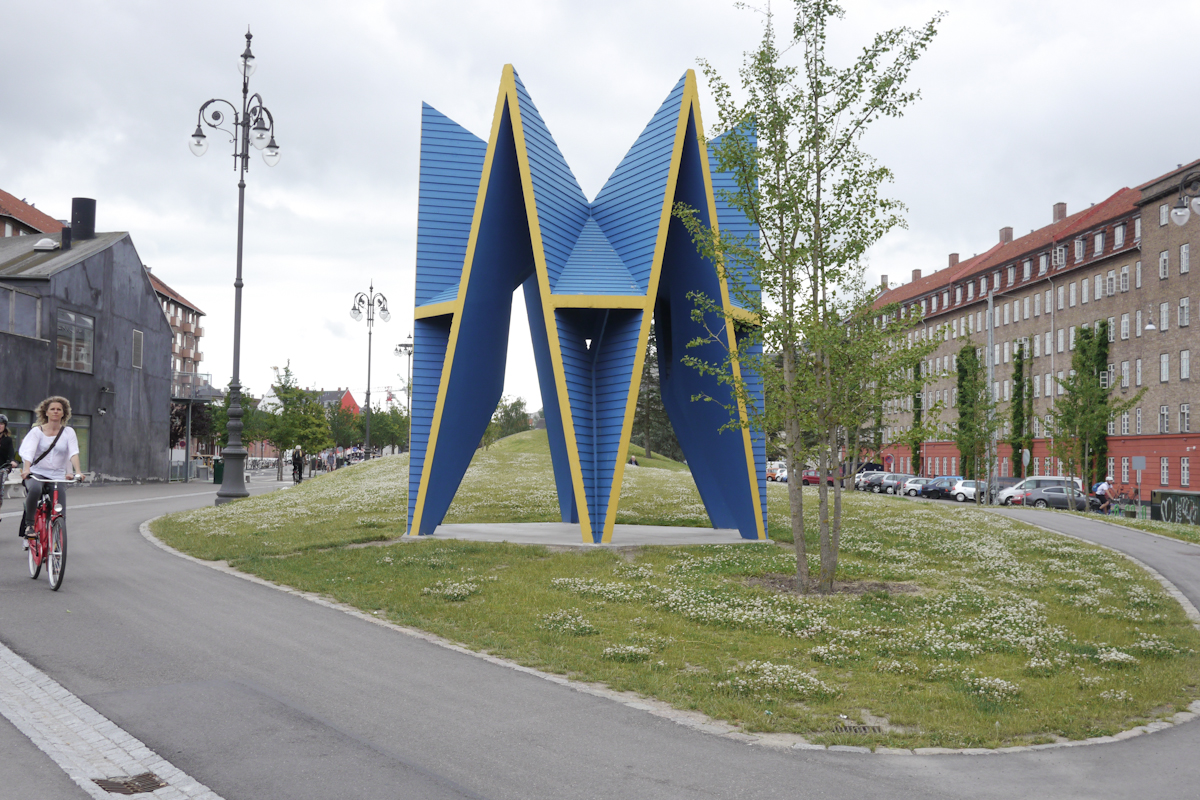
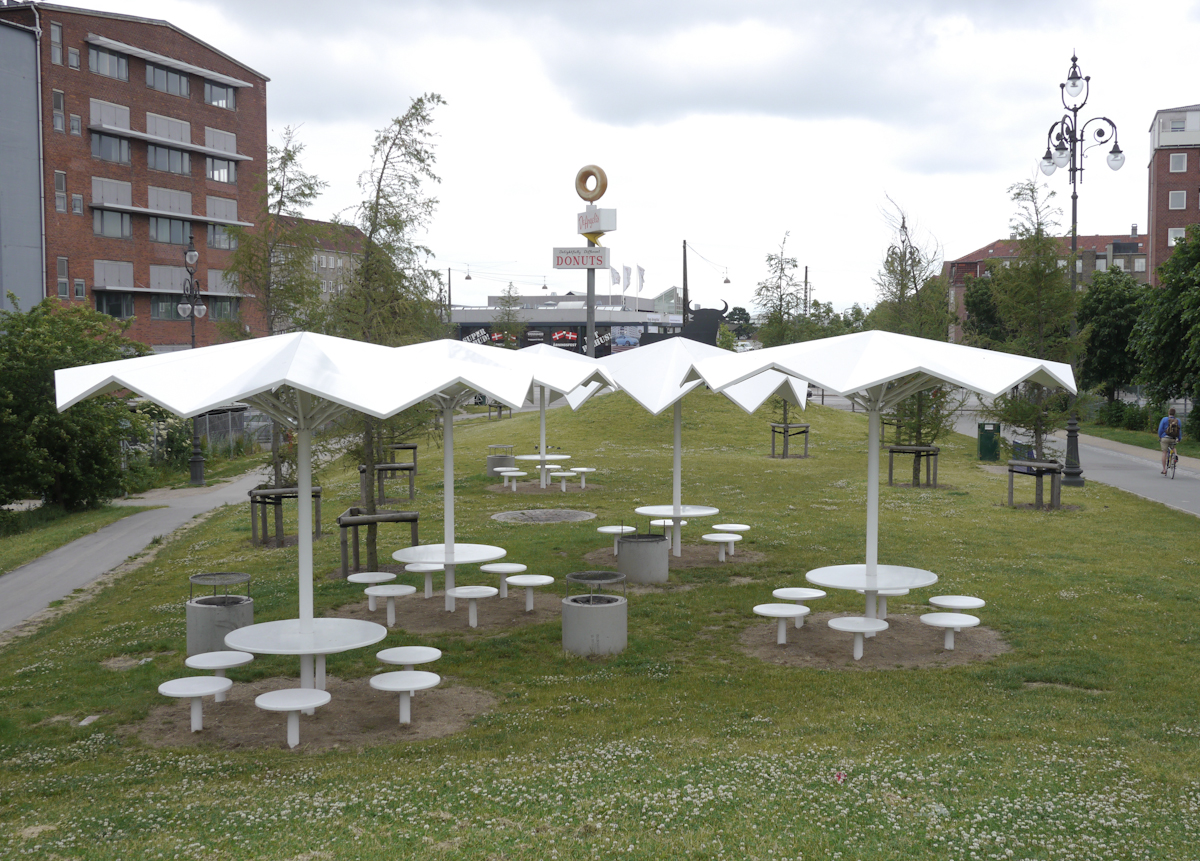
C.
Superkilen’s unconventional appearance should not be misinterpreted as a multi- cultural phantasmagoria, rather than a singular vision of public space, Superkilen is the result of several overlapping and perhaps contradictory visions. For instance, Superflex at one point suggested the Black Market to be established as a Special Economic Zone, exempt from Danish tax regulations. Conversely, for Topotek1, public funding for public space seems to be a core principle. Meanwhile Bjarke Ingels of BIG has speculated on scale, suggesting a city, a Super-City established according to the same principles as Superkilen. But these contradictions all coexists within the space of Superkilen, illustrating that it’s not intended as monument but as a process, a part of a social continuum, or in the terminology of Supeflex a set of “tools”.

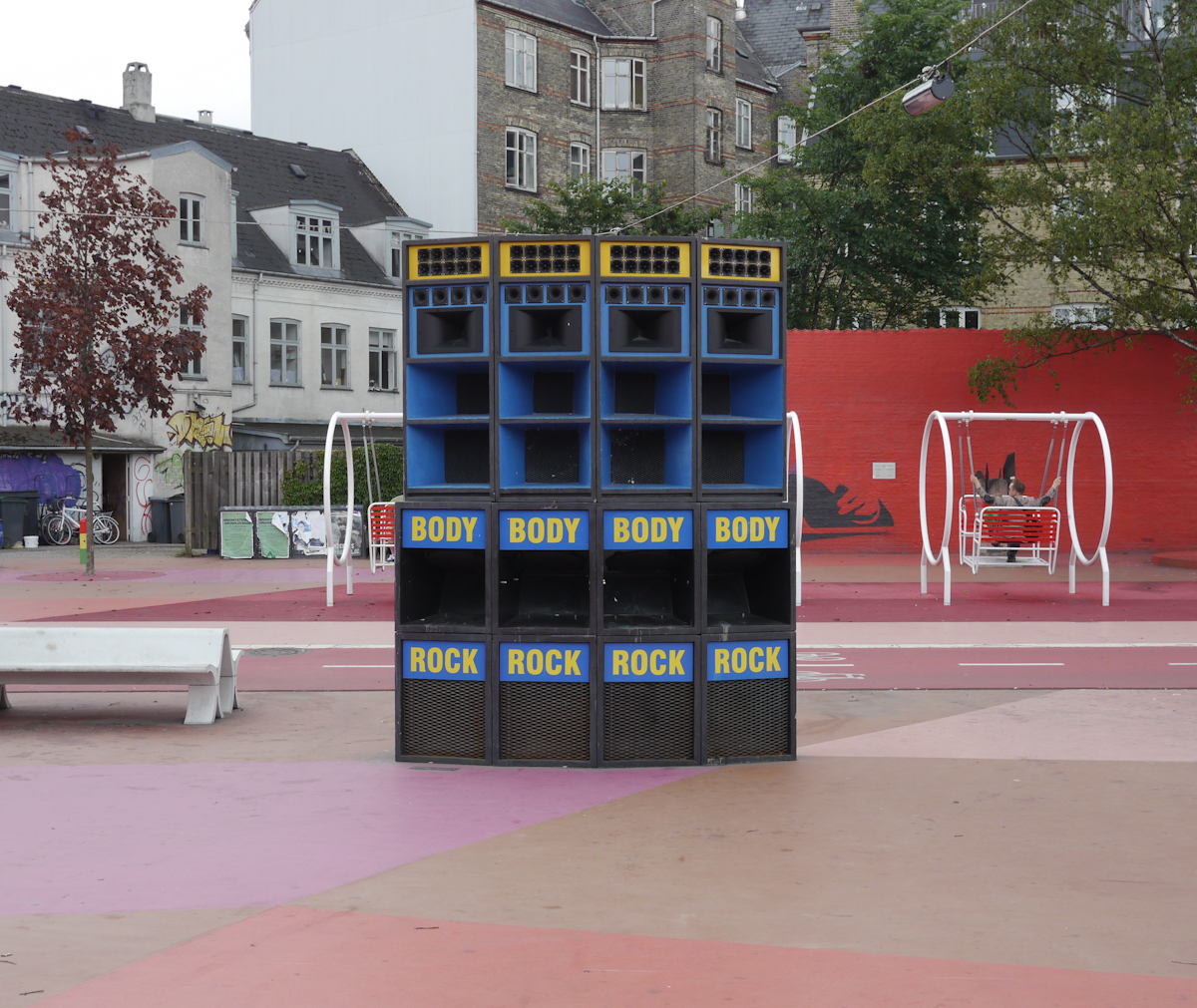
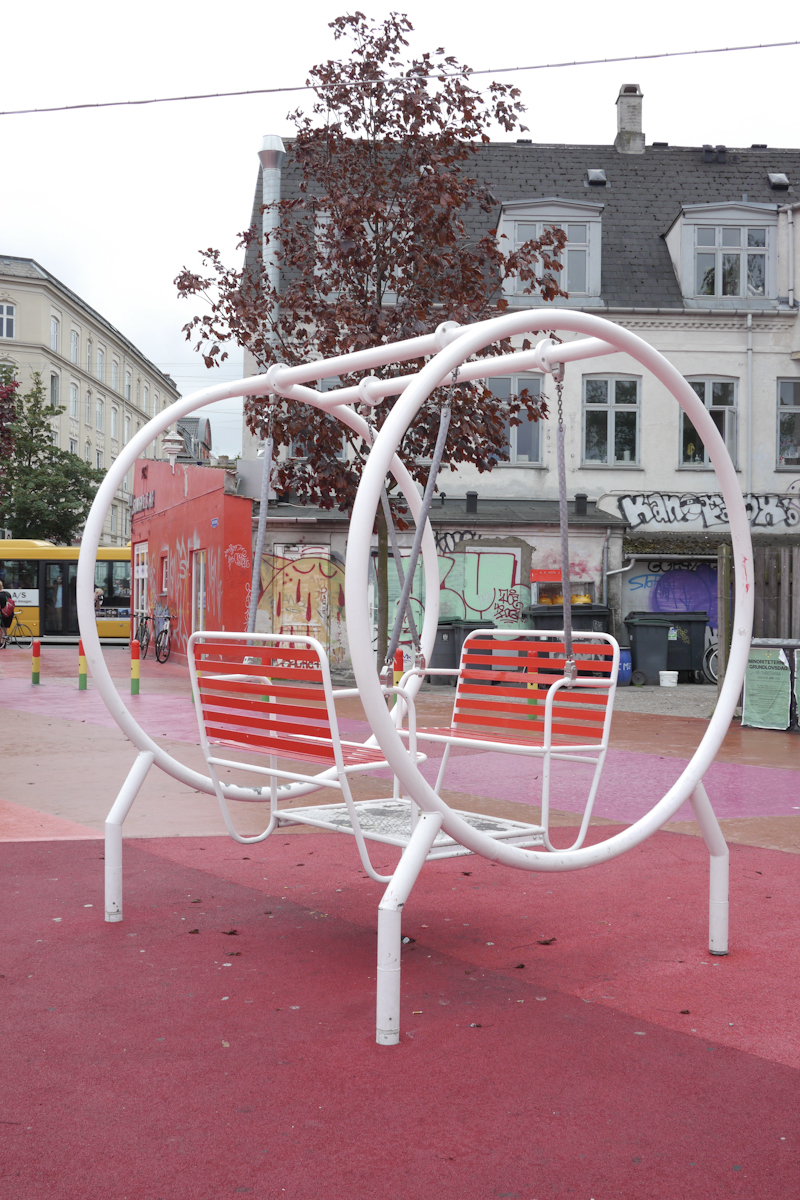
D.
Go. Do. Find out for yourself.
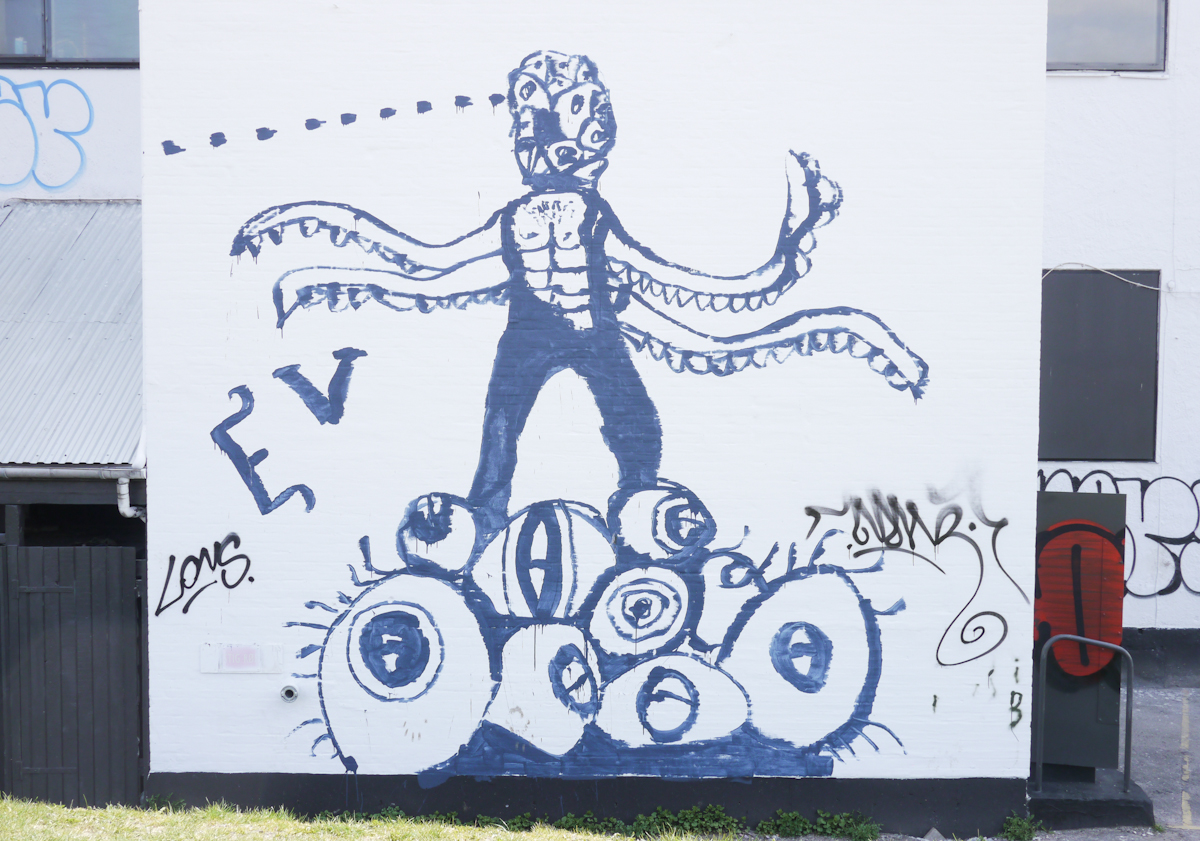
/ andreas t.
